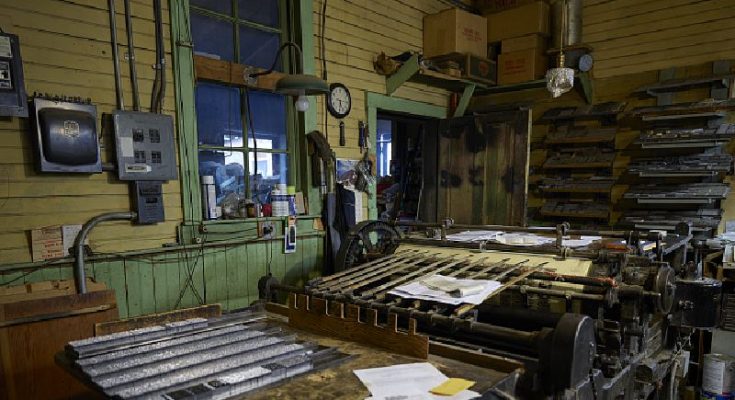Legacy media is hoping that tax credits are the answer to their dwindling profits as the world moves to alternative news sources online.
The journalism advocacy organization, America’s Newspapers, is supporting the Local Journalism Sustainability Act (LJSA). The bill, if passed into law, would give tax credits to local news providers, local advertisers, and even the consumers of their content.
incentivizes annual subscriptions to local papers that primarily produce content related to local news and current events.
America’s Newspapers says “the LJSA is a bipartisan bill that provides a pathway to financial viability for local newspapers, be them in print or online, through a series of three tax credits. Such publications were already facing financial hardships prior to the COVID-19 pandemic, which have only worsened over the last year.”
This is how it would work:
Local Newspaper Subscription Credit
This credit will grow publications’ subscription bases by incentivizing Americans to subscribe to local newspapers.
– Five-year credit of up to $250 annually.
– Credit covers 80% of subscription costs in first year and 50% in subsequent four years.
o To receive full $250 credit, a subscriber would have to spend at least $312.50 in the first year, and $500 each of the following four years.
– Credit can be used with non-profit publications if the publication is the non-profit’s primary activity.
Local Newspaper Journalist Compensation Credit
This credit will provide publications the ability to hire more dedicated local news journalists to improve their newsroom coverage.
– Five-year credit of up to $25,000 in first year and up to $15,000 in subsequent four years.
– Credit covers 50% of compensation up to $50,000 in first year, and 30% of compensation up to $50,000 in subsequent four years.
– Journalist must meet a minimum of 100 hours of work per quarter to qualify as an eligible employee.
Local Newspaper and Local Media Advertising Credit
This credit will provide small business financial flexibility to spend on advertising in local newspapers and media.
– Five-year credit of up to $5,000 in first year and up to $2,500 in subsequent four years.
– Credit covers 80% of advertising costs in first year and 50% in subsequent four years.
o To receive full $5,000 in first year and $2,500 in subsequent four years, a small business would have spent at least $6,250 and $5,000 respectively.
– To increase flexibility, small businesses may utilize this credit to advertise with local television and radio stations, in addition to local newspapers.
Definition of Local Newspaper
For the purposes of this bill, local newspaper is defined as a print or digital publication if:
– The primary content of such publication is original content derived from primary sources and relating to news and current events.
– Such publication primarily serves the needs of a regional or local community.
– The publisher of such publication employs at least one local news journalist who resides in such regional or local community.
– The publisher of such publication employs not greater than 750 employees.
Definition of Local News Journalist
For the purposes of this bill, local news journalist is defined as an individual employed by a local newspaper who:
– Regularly gathers, collects, photographs, records, writes, or reports news or information that concerns local events or other matters of local public interest
Large newspapers like the New York Times and the Wall Street Journial would not be able to take advantage of these tax credits, however, other big names would. News conglomerates that have bought up local papers, local radio, and local television stations across the county will likely be able to take the credits as each would be considered local or regional outlets.
First State Update neither supports nor opposes the passage of the bill. Our enormous growth over the last several shows that our followers and subscribers are seeking alternative news sources for reasons other than financial reasons.

